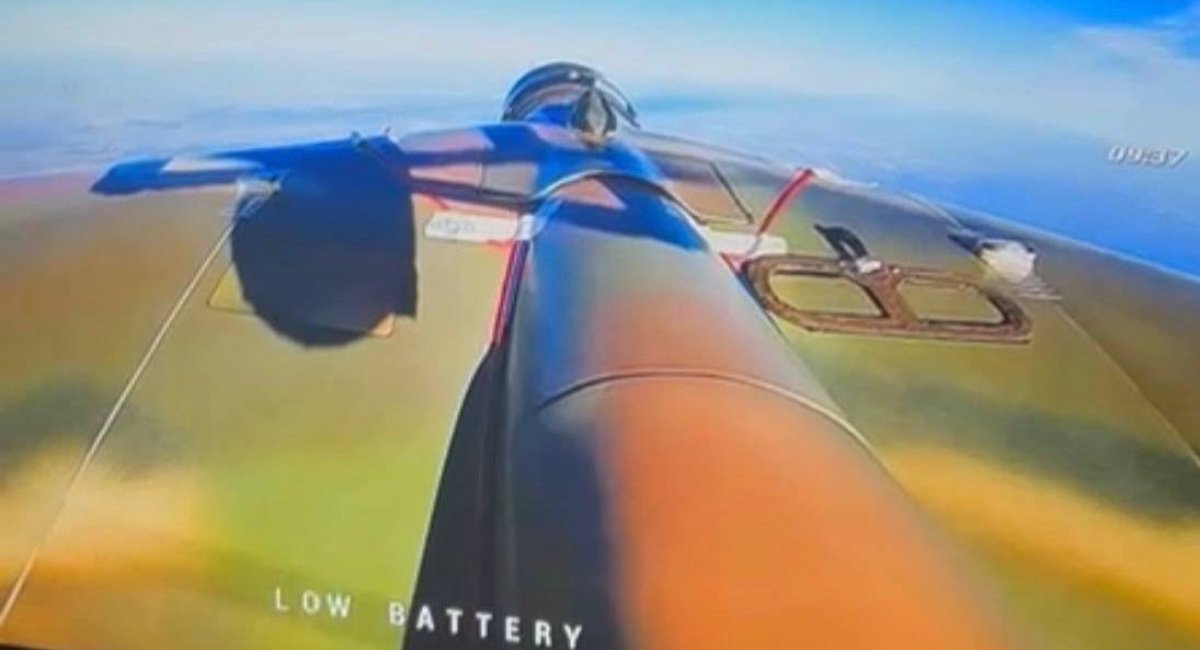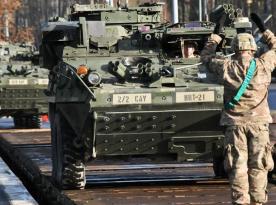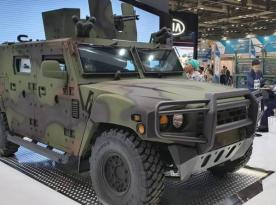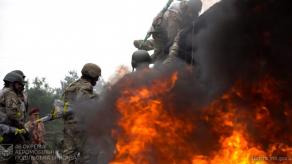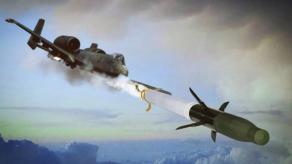The russians have started using Zerkaltse electronic warfare (EW) systems to protect their wing-type reconnaissance drones from Ukrainian anti-aircraft drones. Ukrainian military and radio technology expert Serhii Beskrestnov with the call sign Flash explained how these systems work on his Telegram channel.
According to the expert, the operational frequencies of the Zerkaltse compact electronic warfare system are 4.9-6.0 GHz, and the jamming power is either 2.5 or 10 watts. There is also a second option that includes detection and jamming of video at 1.1-1.3 GHz.
Read more: New russian Drone is Suspiciously Similar to Shahed-101 Used By Houthis, Hezbollah: What's Known About This UAV
Earlier, Serhii Flash also described the operating principle of this system. According to him, Zerkaltse is installed on a drone and scans video channels during flight. When the system detects a video signal from an anti-aircraft UAV, it activates a jamming signal stronger than the level at the same video frequency.
As a result, the jamming signal disrupts the signal from the anti-aircraft drone, causing the pilot to lose the video feed. The jamming lasts for 60 seconds and is repeated if necessary.
"Our opponent does not remain stagnant and seeks options for protection against anti-aircraft drones. Moreover, this solution has spread quickly among their troops," emphasized Serhii Flash.
Earlier Defense Express reported that the Ukrainian volunteer team Wild Hornets, which works on drone development, has already produced and delivered 1,000 anti-aircraft drones to the Defense Forces of Ukraine and has announced the mass production of drones designed to destroy Shahed drones.
Read more: A Detailed Photo of russian Shahed Drones' Position Explains Why They Are Difficult to Shoot Down at Launch




